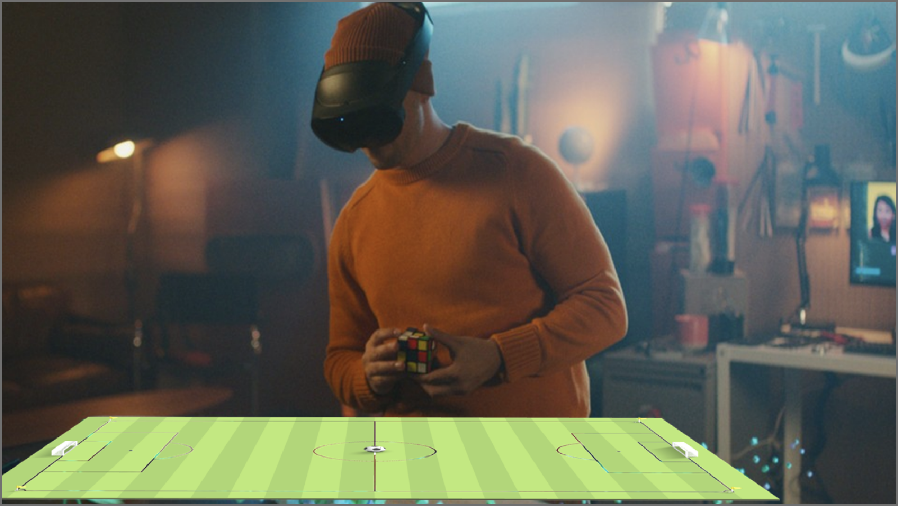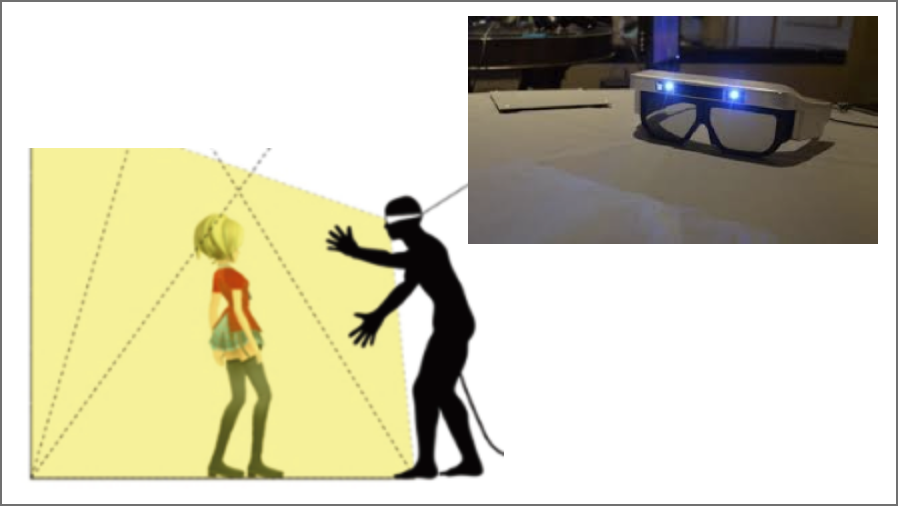XR
technology
VR/AR/MR are included in XR technology, but what are they?
XR is a generic term for technologies that fuse reality and virtual information and feed the results back to the human senses, such as VR (Virtual Reality), AR (Augmented Reality), and MR (Mixed Reality).
While VR is a virtual world in which the background and environment are also created by CG, AR displays CG virtual information layered over the real world. MR is considered a higher level concept of VR/AR in which reality and virtual information merge and interact.
(Option 1) The common denominator is “spatial computing technology” that handles 3D data and positional relationships. For example, the development environment for VR and AR has the following basic structure.
(Option 2) The common denominator is “spatial computing technology” that handles 3D data and positional relationships.
WebAR/VR technology is also evolving. Compared to native apps, which require local download/installation of apps on smartphones and dedicated devices, WebAR/VR simply requires access to a URL within a web browser to run the app.
XR
Field Initiatives
The XR market is expected to grow.
From creating new customer experiences to speeding up product development, so-called “XR” fields including VR, AR, and MR, offer a wide range of opportunities for business. Among them, VR in particular is rapidly moving toward becoming a tool that can be used on a daily basis. PwC’s “Global Entertainment & Media Outlook 2019-2023” forecasts that the company will generate $6.1 billion in revenue in the major countries of the world by 2030. With the coming of low-cast, high-performance headsets and the development of 5G, the range of users is expanding to a wide variety of fields.
Combining XR with individual technologies can lead to the creation of powerful business solutions.
Perception of
XR Technology
The origins of old and new XR technology.
Augmented Reality (AR) research also took place during this period, and after the development of the ARToolKit, an AR library, AR representations became more widespread.
In 2000, consumer-oriented HMDs were launched, which led to the development of VR and other XR content and the consideration of its uses, mainly in the entertainment field. Now that the hardware and development environment has evolved, it is expected to be applied to a variety of business settings.
Using XR Technology to Solve Manufacturing Challenges.
If manufacturers utilize XR technologies such as VR, AR, and MR, they can gain various benefits such as improved productivity and technology transfer. Like IoT and AI, XR technology will become an essential digital technology for the manufacturing industry. We seek to promote the introduction and use of XR technology as one means of solving problems in the manufacturing industry.
XR
Solutions
3D Video Live Streaming and Viewing Technology
Adopting wide variety of 3D viewing devices
- VR-HMD
- AR Glass
- Spatial Reality Display
- 3D Projector, etc
Solving the problem for 3D video live streaming and viewing
Dual camera selection/setting
Real-time image processing for 3D viewing
System Configuration

Real-time 3D Optimization Technology for Live Viewing

- Distortion and keystone / warp correction and parallax adjustment(e.g bird’s eye-view conversion)
- Synchronization w/o timecode for enabling to use any dual cameras
3D Output for Various Viewing Devices

Spatial Reality Display

VR Head Mounted Display

AR Glass (Tilt Five®) and L-Screen

Table Top 3D Projection




